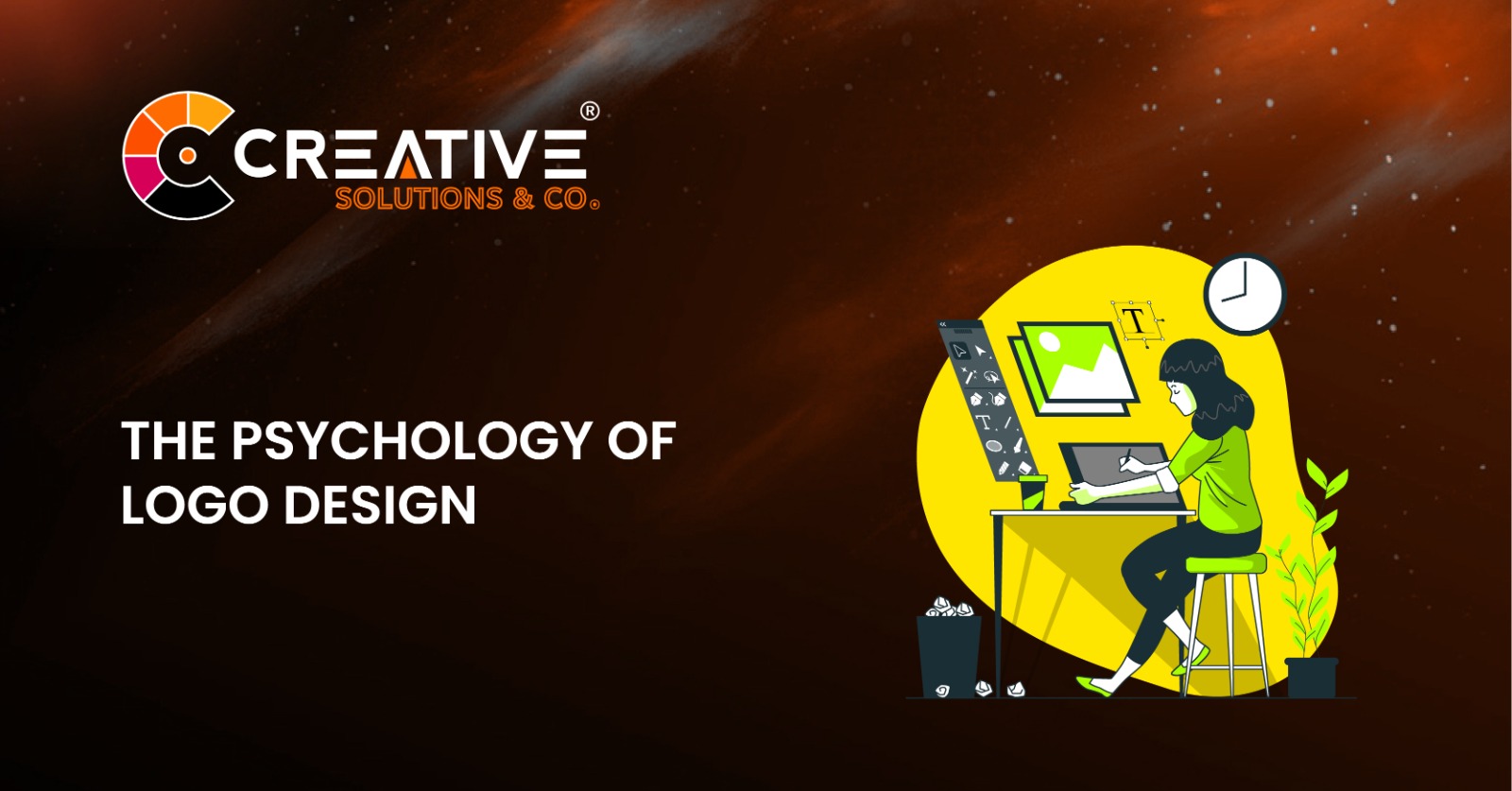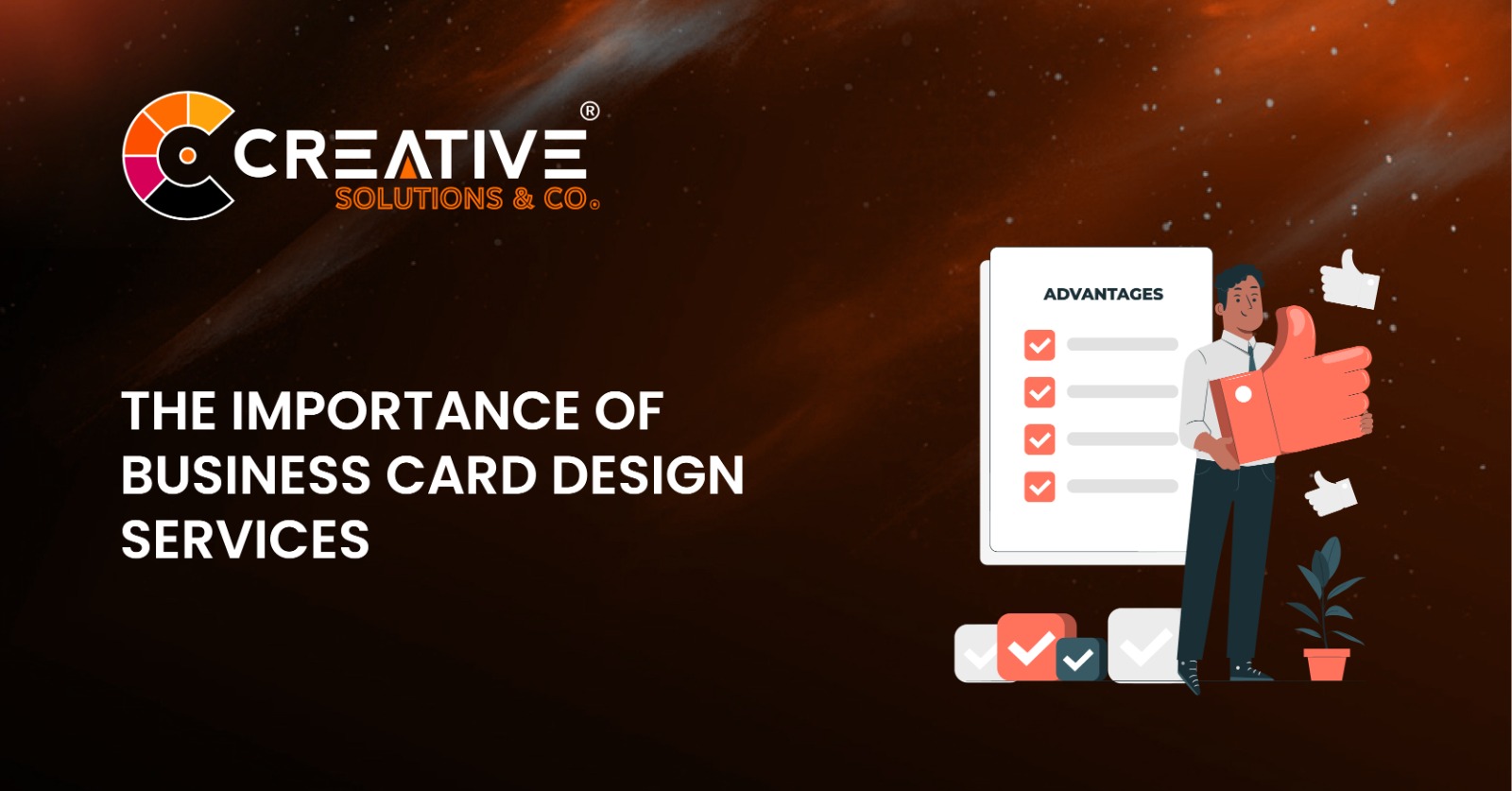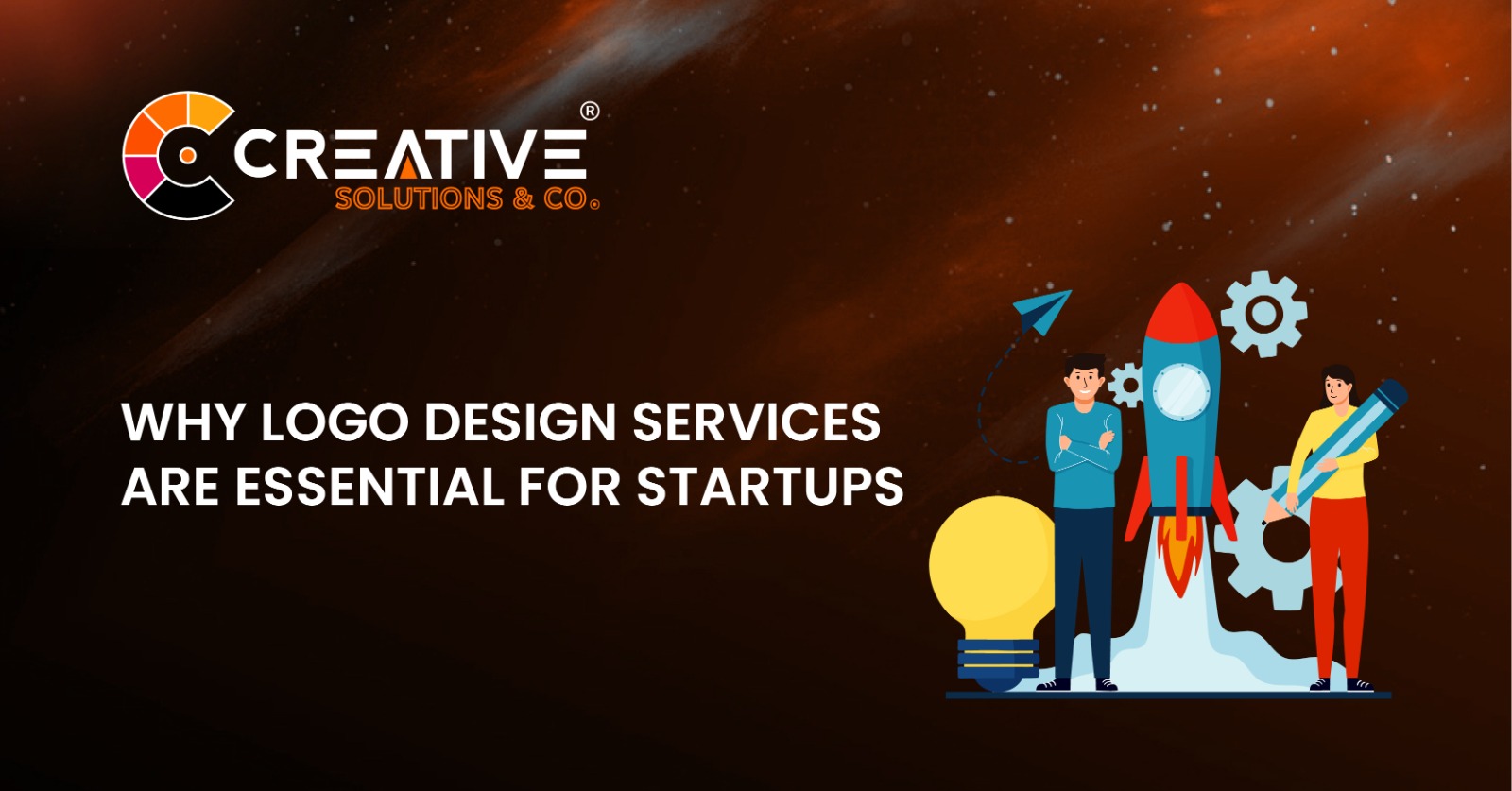Have you ever wondered why some brands leave a lasting impression while others fade into the background? The answer often lies in how graphic design shapes brand identity. Graphic design serves as the visual voice of a brand, translating its values, personality, and message into imagery that resonates with audiences.
From logos to color schemes, every design choice plays a critical role in creating a brand identity that stands out and connects emotionally with people. Let’s explore the transformative power of graphic design in building a memorable and impactful brand identity.
Table of Contents For How Graphic Design Shapes Brand Identity
| Sr# | Headings |
|---|---|
| 1 | Introduction to Graphic Design and Brand Identity |
| 2 | What is Brand Identity? |
| 3 | Why Graphic Design Matters in Branding |
| 4 | The Role of Logos in Brand Identity |
| 5 | Color Psychology and Its Influence on Branding |
| 6 | Typography: The Voice of Your Brand |
| 7 | Consistency: The Key to Memorable Branding |
| 8 | The Emotional Connection: Building Trust Through Design |
| 9 | How Graphic Design Enhances Brand Recognition |
| 10 | Graphic Design in Digital vs. Print Media |
| 11 | Successful Brand Identity Case Studies |
| 12 | The Future of Graphic Design in Branding |
| 13 | Common Mistakes to Avoid in Brand Design |
| 14 | Conclusion |
| 15 | FAQs |
Introduction to Graphic Design and Brand Identity
Imagine your favorite brand. What comes to mind first? Perhaps their logo, the colors they use, or even the style of their advertisements. This is the power of graphic design in shaping brand identity. It bridges the gap between a company’s values and the audience’s perceptions.
What is Brand Identity?
The brand identity encompasses everything a company wants its audience to see, feel, and remember. It includes the logo, typography, colors, imagery, and tone of voice. Essentially, it’s how a business presents itself to the world and builds recognition.
Why Graphic Design Matters in Branding
Graphic design acts as the visual language of your brand. It communicates the brand’s story without words, leaving a lasting impact. Why is this crucial? Because humans process visuals 60,000 times faster than text, making design a powerful tool for engagement.
The Role of Logos in Brand Identity

A logo is like a handshake—it’s the first impression people get of a brand. A well-designed logo encapsulates a brand’s values and mission. Think of Nike’s swoosh or Apple’s bitten apple. Simple yet impactful, these logos are symbols of trust and quality.
Key Elements of a Strong Logo
- Simplicity
- Memorability
- Timelessness
- Versatility
Color Psychology and Its Influence on Branding
Did you know colors can evoke emotions and influence decisions? For instance, blue often conveys trust and professionalism, while red signifies energy and passion. The right color palette aligns with a brand’s message and resonates with its audience.
Typography: The Voice of Your Brand
Typography isn’t just about selecting a font—it’s about setting the tone. Serif fonts exude tradition and reliability, while sans-serif fonts feel modern and approachable. Pairing fonts thoughtfully ensures they reflect the brand’s personality.
Consistency: The Key to Memorable Branding
Consistency in design ensures that your audience recognizes your brand across all touchpoints. Whether it’s your website, social media, or packaging, a cohesive look and feel build familiarity and trust.
The Emotional Connection: Building Trust Through Design
The graphic design taps into human emotions. A thoughtfully designed brand identity can make customers feel valued, inspired, or comforted. For example, a warm and inviting design can make a café feel like a home away from home.
How Graphic Design Enhances Brand Recognition
Consistent and appealing graphic design ensures your brand stays top of mind. Brands like Coca-Cola have mastered this with their distinctive red and white color scheme and flowing typography.
Graphic Design in Digital vs. Print Media
While digital media focuses on interactivity and screen adaptability, print design emphasizes tactile experiences. Both require cohesive branding to maintain identity across platforms.
Successful Brand Identity Case Studies
Apple
Apple’s minimalist design reflects innovation and sophistication. Every detail, from their logo to their product packaging, communicates quality.
Coca-Cola
Coca-Cola’s classic red and timeless typography evokes nostalgia and happiness, fostering an emotional connection with its audience.
The Future of Graphic Design in Branding
As technology evolves, so does graphic design. Trends like 3D design, augmented reality, and AI-driven tools are shaping the future of branding, offering new ways to connect with audiences.
Common Mistakes to Avoid in Brand Design
- Overcomplicating the design
- Ignoring audience preferences
- Inconsistency across platforms
- Using outdated design trends
Conclusion
Graphic design is much more than an aesthetic tool; it’s the backbone of brand identity. It defines how audiences perceive, connect with, and remember a brand. Investing in good design is investing in the future of your business. So, how will you let design shape your brand’s story?
FAQs About How Graphic Design Shapes Brand Identity
1. What is the primary role of graphic design in branding?
Graphic design visually communicates a brand’s message, values, and personality, making it easier for audiences to connect and engage.
2. Why is consistency important in brand design?
Consistency ensures that your brand is easily recognizable, trustworthy, and memorable across all platforms and media.
3. How does color psychology influence branding?
Colors evoke emotions and associations. For example, green often represents growth and health, while yellow conveys optimism and energy.
4. Can small businesses benefit from professional graphic design?
Absolutely! Good design levels the playing field, helping small businesses stand out and build a professional image.
5. What are common mistakes to avoid in graphic design for branding?
Avoid clutter, inconsistent visuals, neglecting audience preferences, and over-relying on trends that may quickly become outdated.







